Fifteen years later, after 75 competitions and tenders, 27 of which were wins and 18 that were built, Koz Architects relies on a 13-member team and solid partners like PLAN01, which is a group of five architectural firms and an environmental study office. “We do not ask people who work with us to design our fads or obsessions, but to contribute real value through their know-how,” Christophe Ouhayoun points out. “A need, a demand for collaborative work is what led us to choose Archicad back in 2009.” It was a rapid switch: they had barely six months to equip and train a team to use a tool they can rely on. KOZ Architects works today with Teamwork with eight Archicad licenses.
“The idea of designing a project in plan, then modeling it for communicating the project seemed completely absurd…especially with the additional requirement of making a specific model for thermal simulation.”
Nicolas Ziesel, architect
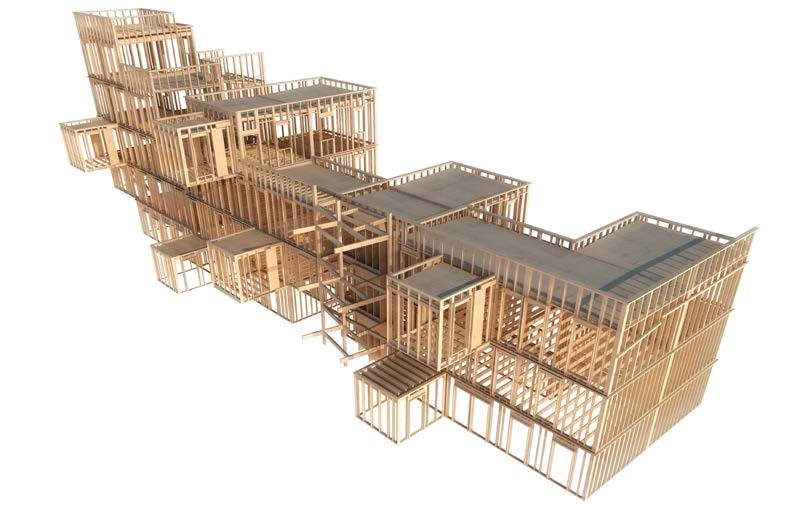
Previously working with 2D design software that was fast and effectively used by the team, Christophe Ouhayoun and Nicolas Ziesel still came to a different conclusion. “We produce a lot of images ourselves, and the idea of designing a project in plan, then modeling it for communicating the project seemed completely absurd…especially with the additional requirement of making a specific model for thermal simulation,” says Nicolas Ziesel. This need to evolve towards using 3D for conceptual design was confirmed with the “Tête en l’Air” project, which is a tough combination of rehabilitating a social housing unit and creating another 15 new, wooden buildings. Koz shaped a new concept of high-density living by creating multiple, small, “intermediate spaces” around the plot out of wood.
The project was awarded the 2nd National Prize of Wood Construction in 2013 as well as the ArchDaily Prize for “Building of the Year 2014” in the Housing category. In addition to being a “flagship” project that brings Koz architects recognition, the collaboration with carpenters on this project was the deciding factor in their move towards Archicad. “It’s the same work, but carpenters think in 3D from the concept to execution. Their 3D attitude really prevails until the very end; this is a real value. It’s not only about the object as training but an object that actually has to be built. On ‘Tête en l’Air’ we were still in 2D: we had nothing to show them and nothing we could do with the models they gave us,” regrets Christophe Ouhayoun.
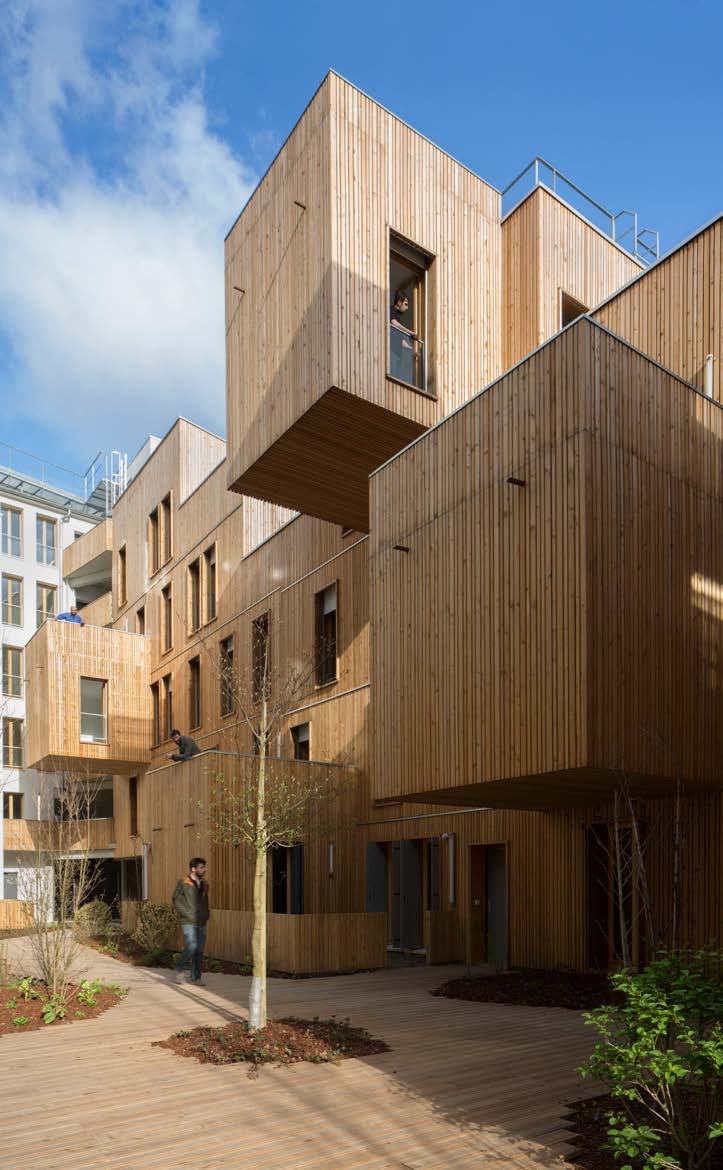
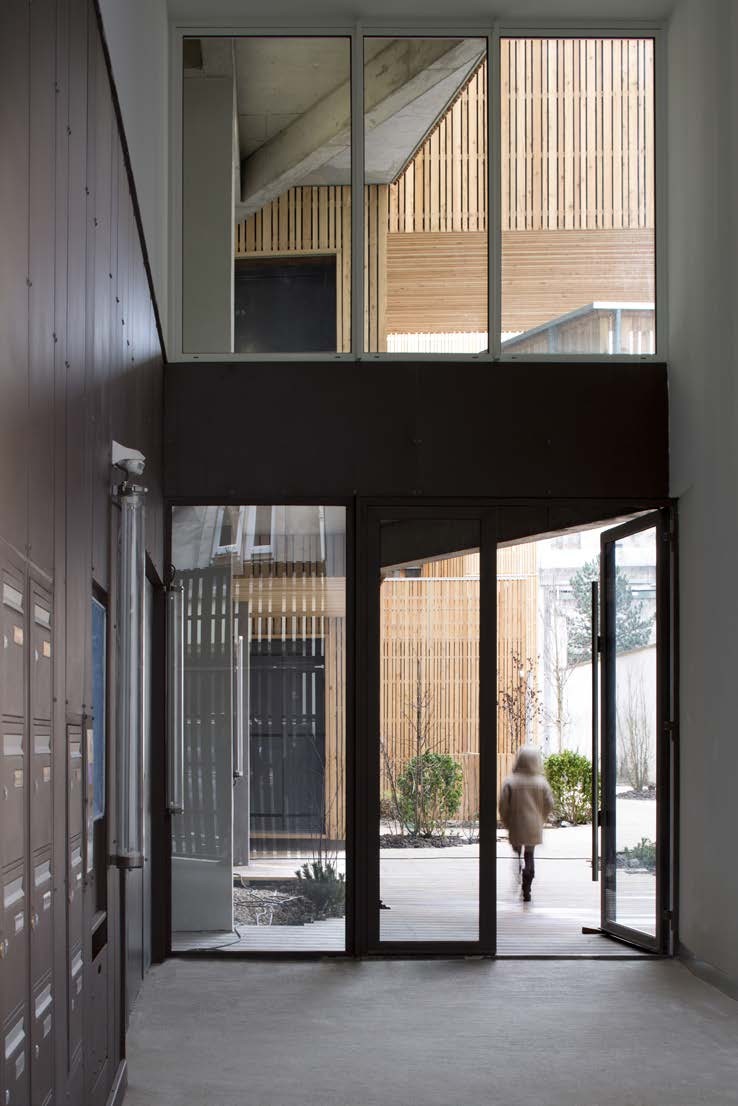
Archicad has thus emerged as a particularly tailored tool. “In contrast to concrete structures, wood structures integrate an enormous amount of elements that have real sensibility through space and if the project is not modeled intelligently in 3D, we cannot understand it,” said Christophe Ouhayoun. “What is interesting with this experience with wood is that the project is accepted with the help of a digital model, and not just a flat drawing,” he added. In addition to designing in 3D like carpenters, Archicad also helps communication with them. “Carpenters use design software that are very specific and sometimes even rare… but data exchange is achieved perfectly thanks to IFC,” confirms Nicolas Ziesel. “Finding a common language for different file types is the future! If there is no agreement on the common format, everyone will lose for sure,” predicts Christophe Ouhayoun. Interoperability: a title shared mutually by Koz and all Archicad architects.
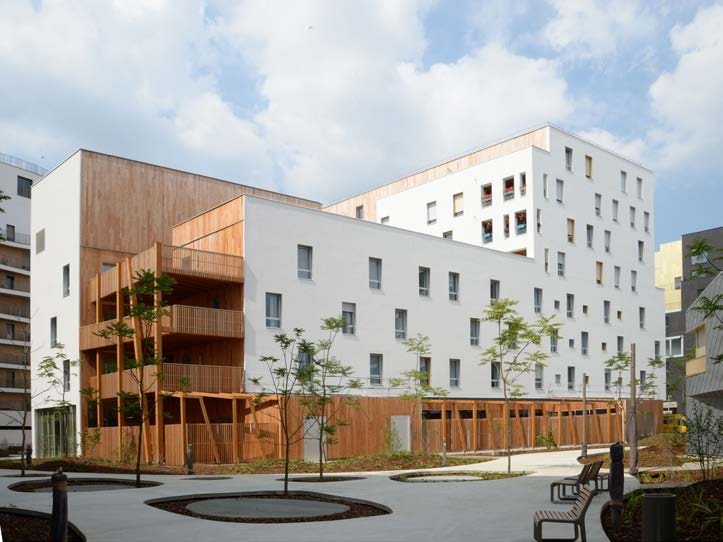
Since 2009, Koz architects has used Archicad in all phases of their projects, never looking back to designing in 2D. The B4B building in the IDZ (Integrated Development Zone) of Trapeze at Boulogne was their first project using Archicad: a small slice of a larger plot, which still had to incorporate three different programs (a specialized kindergarten, a medical center and social housing) whose entity and functionality are identified by three large terraces, gaps and different material types (white and smooth plaster, rough wood). A rough idea was experimented with and developed entirely in Archicad with the support and guidance of Brenac et Gonzales, the coordinating agency of the macro-plot, who were also equipped with Archicad – an “in the field” exchange of experience that confirmed Archicad was the right choice, pushing Koz even further in its use.
“Collaborative design: it seems obvious today… but it’s still something like a phenomenon — everyone working on the same document without any worry.”
Christophe Ouhayoun , architect
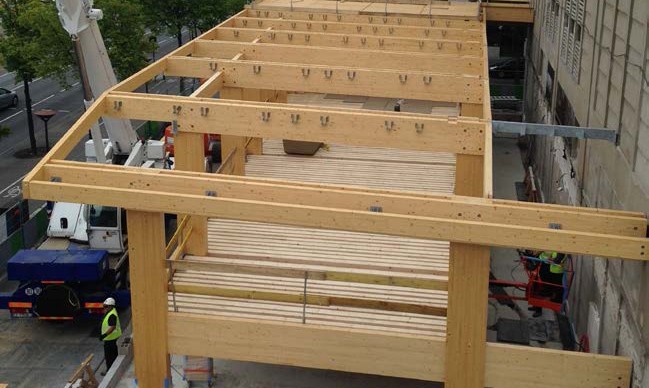
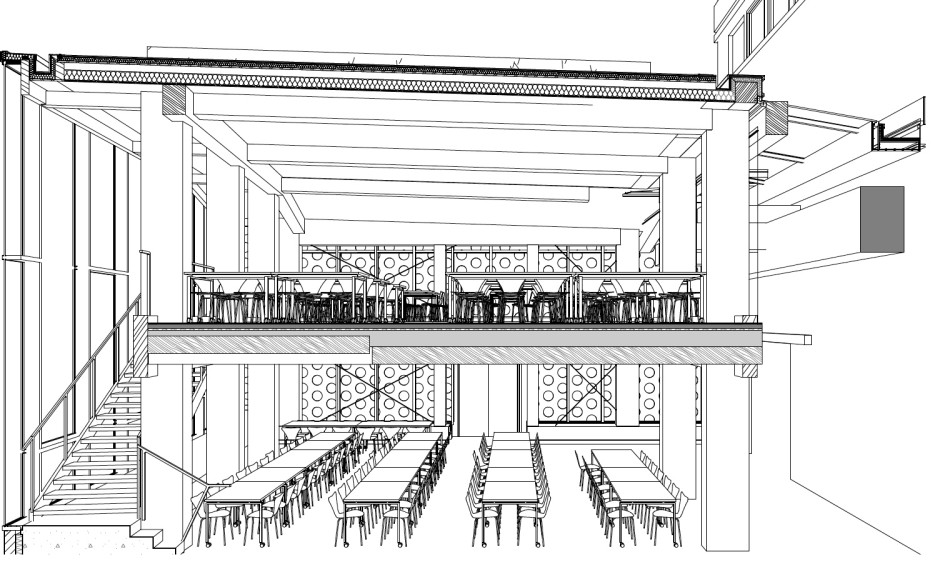
“In Archicad, a line is not just a line, but an element in space. Each drawn element contains information, value, thickness…and this, this changes everything,” says Nicolas Ziesel enthusiastically. “It changes everything because we don’t draw just anything anymore…There are architects who require the project to start out as a sketch. We never make sketches before starting a project. Concepts, patterns, forms, ideas, etc. are all verified on the 3D model. The digital model thus provides ‘the ideal way to explore possibilities.’ We can develop a concept that immediately has physical characteristics that immediately takes form: we study its scheme, dimensions and its footprint…it all happens very fast.” “And some experimentation that we do not keep for one project can serve us for another,” explains Christophe Ouhayoun. In this context of experimentation and creative democracy, Archicad’s Teamwork is an undeniable advantage. “Collaborative design: it seems obvious today…but it’s still something like a phenomenon — everyone La Halle aux Farines in construction La Halle aux Farines in Elevation working on the same document without any worry.” Christophe Ouhayoun is still amazed. “People working on the project are not only performers; they participate in the development of the project. Speaking as associates, we are obliged to draw less and less. However, we appreciate that Archicad is able to produce a level of documentation that communicates well, like quantity take-offs, which Archicad helps with considerably. We don’t know how we got by before…and we do not understand how others get by…It is a tool that we could not do without, especially for housing,” says Christopher Ouhayoun.
Nicolas Ziesel emphasizes the advantage of plans, sections and elevations being in sync. “To have constantly updated plans, sections and elevations without the help of a digital model is a nightmare… Windows that were placed correctly on the floor plan were not necessarily correct in elevation view, and for big housing projects like the ones we deal with, this is a crucial matter.” Similarly, Koz always prepares up-to-date visualizations for communicating the project. Christophe Ouhayoun explains their adopted workflow: “The graphic designer receives the first model and applies the pre-defined materials. In five minutes, he has a prepared model and can start placing cameras to choose interesting points of view. Meanwhile, the evolving project model can be swapped to always have an updated visualization of the project, giving the impression of a final product, even though it might develop even further.“
Evolution towards an increasingly collaborative workflow both within the office, and with PLAN01, but also with external partners to produce prestigious, sometimes extravagant projects with an intricate blend of functional, technological, financial qualities that comply with environmental indications… This is what Archicad facilitates for Koz Architects, who will be delivering a new university restaurant in November for the CROUS of Paris and the University of Paris Diderot: a structure made entirely of glass and pre-fabricated timber completely modeled in Archicad, right down to the smallest detail.
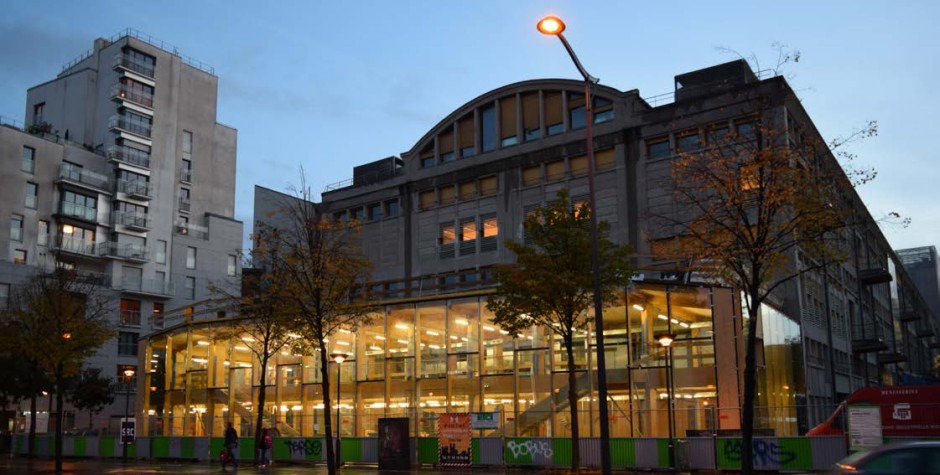
Interviewed by Abvent, Graphisoft Partner since 1985 and exclusive Archicad distributor for France, Switzerland and French-speaking Africa.
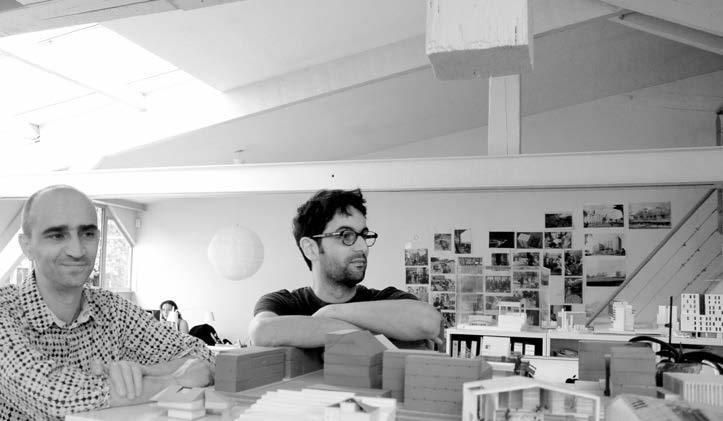
About Graphisoft
Graphisoft® ignited the BIM revolution in 1984 with Archicad®, the industry first BIM software for architects. Graphisoft continues to lead the industry with innovative solutions such as its revolutionary BIMcloud®, the world’s first real-time BIM collaboration environment; and BIMx®, the world’s leading mobile app for lightweight access to BIM for non-professionals. Graphisoft is part of the Nemetschek Group.